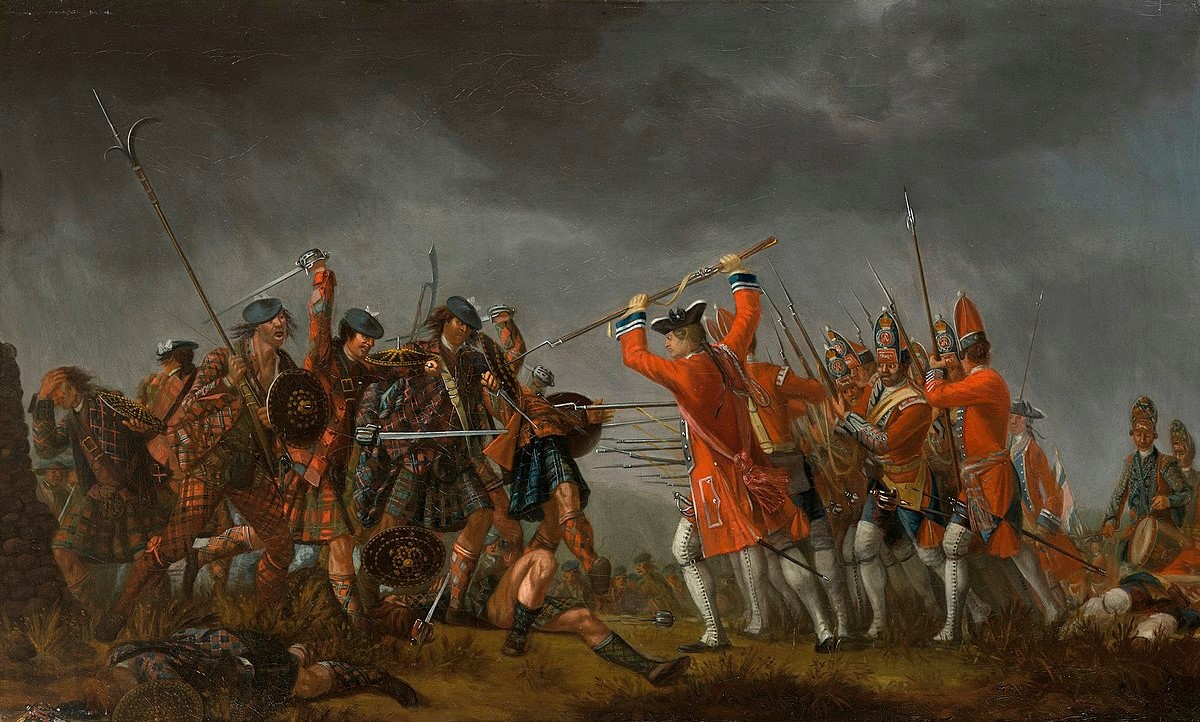Once upon a time in western culture, the manly way, at least in the noble classes was to submit to God in the form of the King or Queen. Letting my imagination roam, I can see the archetypal image of the man kneeling before the sovereign being knighted into service. Both shoulders are touched with the sword, symbolizing his bodily taking on the role of defender of the sovereign and the realm, .
My Scottish MacDonald forebears were highland warriors who fought against the British takeover and lost decisively with the highland clans at Culloden in 1746. They were personally close to the leadership and Bonnie Prince Charlie. Persecuted afterwards, unable to speak Gaelic, cut off from work, they emigrated to Canada.

They were warriors and came from a fierce fighting stock. They were also devout Catholics. Both that kind of fighting spirit and the devotional spirit have largely fallen into disuse. Neither of these qualities easily fits with the modern sensibility. Not just for the MacDonalds or highlanders but near universally in the west. We’ve changed.
Who were we? And who are we now?
Jungian analyst Robert Moore had a framework for these questions. His assumption I think was that the man of old still lives. He drew from Jung’s work four archetypes that he thought summarized the masculine psyche. (An archetype is a transpersonal form in the psyche that individuals project onto.) Moore’s four were the King (Sovereign), Warrior, Magician, and Lover. (Many women relate to these too but make different projections.)
Moore, being a therapist (analyst), was focusing on the healing dimension of the archetypes. Both Jung and Moore were engaged in a therapeutic “fixing” endeavor. Fixing pathology was the root background assumption of the whole psychological science that began with Freud. It was arguably a response to the anxiety felt in response to the purported death of God, the notion that Nietzsche popularized around the time those highlanders were arriving in Canada.
Those earlier forebears weren’t interested in fixing themselves or being fixed. Nor were men generally before the modern era. They weren’t engaged with archetypes; the category hadn’t even been invented yet. They knew little of healing modalities and less of self-help.
Their way of psychic orientation and integration was essentially submission to God. This sounds very unhip now. But a cursory glance backward suggests that warrior men have done this universally in their culturally specific ways. Hello Dagca, Hercules, Crazy Horse. Hello Alexander and William Wallace. Hello warrior kings of the Old Testament. Hello the hundreds of manly saints in the Christian tradition Each in their time strove to serve a higher power as best they could. Many did it in the traditions we’ve descended from not so long ago.
Two striking differences between the men of old and ourselves revolve around the ideas of warriorship and the sense of higher purpose.
I’ll be revisiting this territory again. German poet Rainer Maria Rilke (1838-1906) has a poem in which he reflects on the story of Jacob wrestling with the Angel in the biblical Book of Genesis. Jacob loses. Decisively.
Or does he? Robert Bly translates the last three lines like this:
Winning does not tempt that man.
This is how he grows: by being defeated, decisively,
by constantly greater beings.¹
This is a good definition of the inner warrior and the man of old at his best. There’s more to unpack here, and learn from.
Reference:
1. The Man Watching” from “Selected Poems of Rainer Maria Rilke”, edited and translated by Robert Bly, 1981.